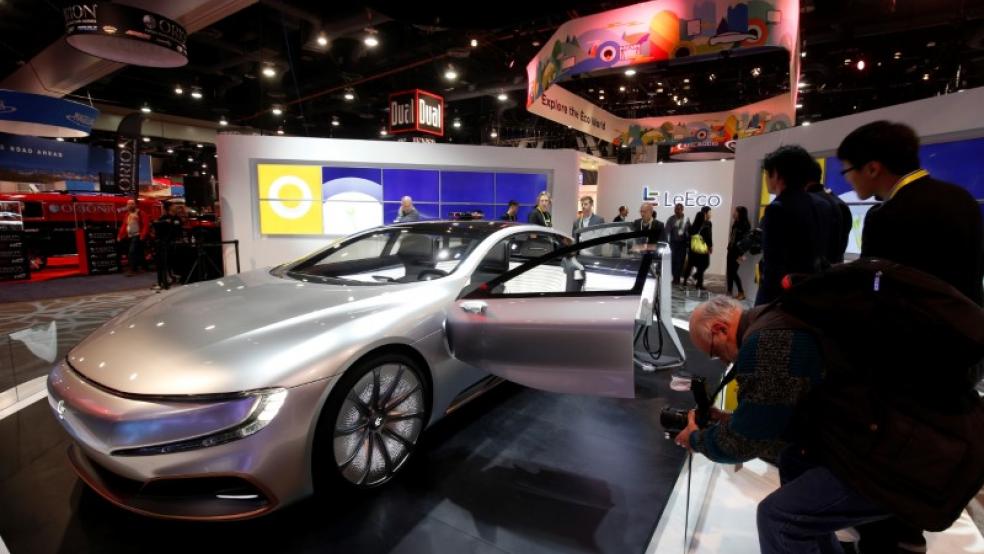NEW YORK (Reuters) - Carlos Espinosa, a design professional based in Boulder, Colorado, has a completely decked-out "smart" home - light switches he can control from his mobile phone, a security system, moisture detectors that alert him to leaks and integrated stereo speakers.
The most life-changing aspect of this set-up? Espinosa says it is how the porch lights turn on when he rounds the corner to his home late at night, responding to a command from his phone. The front door also unlocks as he approaches. (An experiment during the last Olympic Games to make the lights flash every time the United States won a gold medal turned out to be annoying.)His so-called smart technology system took about a year and an estimated few hundred dollars worth of equipment to perfect.Smart home gizmos are poised to make up a $60 billion segment of the global industry, according to research firm MarketsandMarkets, but consumers only need to spend just a few hundred a pop on upgrades that will make their lives more automated - and may even increase the value of a home.Espinosa, for example, spent about $300 for ten Philips Hue lightbulbs and the SmartThings hub that integrates with his phone to turn them on and off. His August Smart Lock - which can be unlocked from afar with the phone - runs about $200 now. Over time, he has built up his Sonos sound system, with speakers controlled by an app, that currently costs $199 for an introductory unit. Espinosa also pays a monthly fee for his home security system that is bundled through Comcast, his cable television service provider.That is a far cry from the $5,000 Samsung refrigerator showcased at the Consumer Electronics Show in January that has three cameras inside and can send an alert when you need milk.Matt McAdoo, a sales consultant for Keller Williams real estate in Buda, Texas, and also an installer, charges $95 an hour to set up home automation systems, with jobs ranging from a day to a week.McAdoo says many homebuilders are pre-wiring houses for easy installation of home security systems, doorbell webcams and automated light switches. "It's not going to make or break the sale of the house, but it's a plus if it's already in there," he says. He knows this first-hand, as he sold his own souped-up house recently for $285,000, well above identical houses in the development that sell for $265,000. The house had wireless thermostats, surveillance cameras on every corner of the building, a programmable lock, cable jacks placed high up walls for flat-panel TVs, and even a centralized vacuum system built into the walls - plug in and the dirt goes through the pipes.Danny Hertzberg, a Miami Beach-based real estate agent with Coldwell Banker, says that for about $2,000 sellers can upgrade their houses with the kind of features that buyers want - which are so far restricted to smart thermostats, lights and security systems."Maybe four or five years ago, if you wanted these things, you had to hire a professional company, spending about $30,000 and opening walls. Now everything is so simple and DIY," Hertzberg says.About half of the homes Hertzberg sees now have a Nest thermostat, which can be controlled by your phone, or an equivalent. One-third have automated lighting. The goal of homeowners with all of these smart-home upgrades is convenience. "What we have learned, for a considered purchase that's $200, they are looking for a clear value to them," says Jason Johnson, chief executive of August.In his own house, Johnson says the peak of convenience is being able to lie in bed and ask his Amazon.com Echo system, which responds to voice commands to control connected devices, to turn off the lights in the living room.For fun, Johnson likes to voice command the five locks he has in his house through his iPhone: "I say, 'Siri, lock my doors,' and all of them go at the same time. It sounds like lockdown at a prison." (Editing by Lauren Young and G Crosse)Just how smart can you make your home?

STEVE MARCUS



